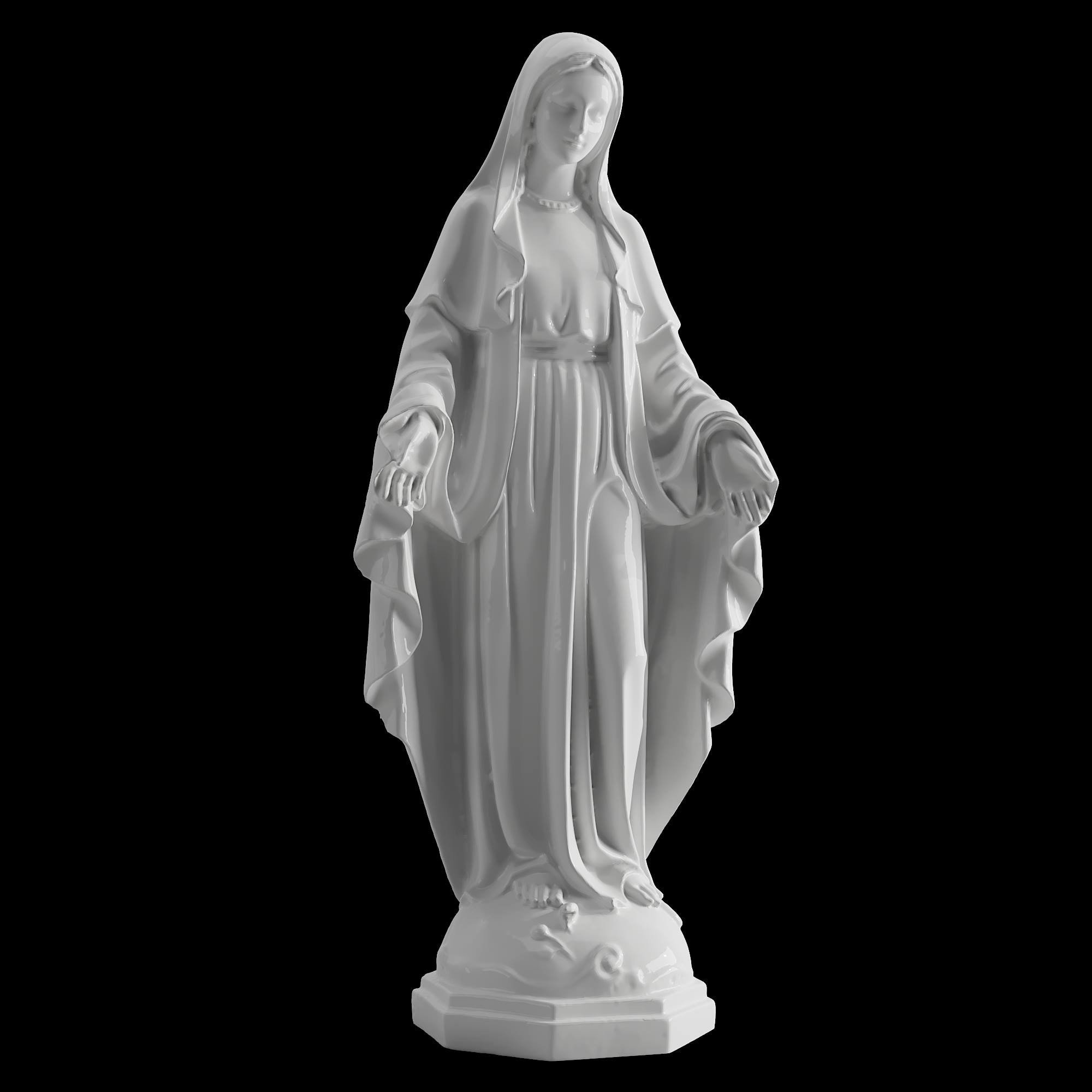## A Child's World in Miniature: Exploring the Design of a Toy Shelf
The simple act of tidying up can transform into a magical journey when you’re a child. A toy shelf, more than just a piece of furniture, becomes a portal to a world of imagination and play. It's a physical representation of their burgeoning universe, where favorite toys reside, waiting for the next adventure. This exploration delves into the multifaceted design considerations of a toy shelf, focusing on its role in nurturing a child's development, fostering their creativity, and bringing joy to their everyday life.
### Part 1: Functionality First - Building a Foundation for Play
The primary function of a toy shelf is to provide a structured environment for a child's growing collection of toys. This organization doesn't stifle creativity; instead, it empowers children to access and engage with their toys freely. A well-designed toy shelf facilitates this by:
* Accessibility: The shelf should be easily accessible to children of varying heights. Lower shelves can accommodate larger, heavier toys, while higher shelves can hold smaller, delicate items. This ensures that children can independently retrieve and put away their toys, fostering a sense of responsibility and self-sufficiency.
* Categorization: Dividing the shelf into sections allows children to sort their toys by type or theme. Clearly labeled bins or open compartments provide a visual guide, helping children learn about categorization and organization.
* Storage Capacity: The shelf's size and storage capacity should accommodate the child's current collection and anticipate future growth. Adjustable shelves, pull-out drawers, and removable bins provide flexibility to adapt to changing needs.
* Safety: Rounded edges, sturdy materials, and secure fixings are crucial for ensuring the safety of the toy shelf. These features prevent potential hazards and contribute to a positive and secure play environment.
### Part 2: Beyond Functionality - Cultivating Creativity and Growth
While functionality is paramount, a toy shelf can be so much more. It can serve as a catalyst for a child's imagination, creativity, and development. This requires incorporating elements that:
* Stimulate Imagination: The design of the shelf itself can act as a springboard for imagination. Unique shapes, vibrant colors, and intriguing textures can transform the shelf into a whimsical landscape where children can create stories and engage in imaginative play.
* Encourage Exploration: Open shelves allow children to see all their toys, sparking their curiosity and encouraging them to explore different play possibilities. Interactive elements, like removable shelves or swinging doors, further enhance the exploratory experience.
* Promote Organization and Independence: A well-organized toy shelf empowers children to manage their belongings, fostering a sense of ownership and responsibility. This can lead to greater independence and self-confidence in other areas of their life.
* Reflect Personal Style: The toy shelf should be a reflection of the child's unique personality and interests. Personalized details, like favorite characters, bright colors, or custom designs, can transform the shelf into a cherished and meaningful piece of furniture.
### Part 3: Design Considerations - Choosing the Perfect Shelf
Choosing the right toy shelf involves considering a range of factors that cater to the child's individual needs and preferences. Key considerations include:
* Age: A toy shelf for a toddler will have different design requirements than one for a school-aged child. Younger children may need lower shelves with easy-to-open compartments, while older children can handle taller shelves and more complex storage solutions.
* Space: The available space in the child's room will dictate the size and shape of the toy shelf. Consider wall-mounted shelves, corner shelves, or compact designs to maximize space utilization.
* Style: The style of the toy shelf should complement the overall décor of the room. Consider classic wooden shelves, modern minimalist designs, or whimsical and colorful options that reflect the child's personality.
* Material: The material of the toy shelf should be durable, safe, and easy to clean. Consider wood, metal, or plastic options, each with its own benefits and drawbacks.
* Cost: Toy shelves come in a wide range of price points. Set a budget before shopping to ensure you find a shelf that meets your needs and fits your budget.
### Part 4: Beyond the Shelf - Creating a Playful Environment
The toy shelf is just one element in creating a playful environment for children. Other factors to consider include:
* Play Area: Designate a dedicated play space in the child's room, free from clutter and distractions. This space should be comfortable and inviting, with soft flooring, adequate lighting, and ample space for imaginative play.
* Lighting: Good lighting is essential for play and creativity. Natural light is ideal, but supplemental lighting, like lamps or ceiling fixtures, can provide additional illumination in darker corners.
* Decor: Decorate the play area with bright colors, colorful artwork, or playful wall decals. These elements can inspire imagination and create a stimulating atmosphere.
* Accessibility: Ensure that all toys and play materials are easily accessible to children. This might involve using rolling storage carts, open baskets, or adjustable shelving.
* Engagement: Encourage active engagement in play by providing opportunities for role-playing, building, creating, and exploring. Offer a variety of toys that appeal to different interests and encourage the child to use their imagination.
### Conclusion: A Shelf for Growth and Joy
A well-designed toy shelf is more than just a place to store toys; it's a catalyst for growth, creativity, and joy. By considering the functional aspects, design elements, and the overall play environment, parents and educators can create a space that nurturers a child's development and helps them discover the magic of their own imagination. Let the shelves become a testament to the boundless potential of childhood, filled with the treasures of play, creativity, and wonder.


















Comment (0)